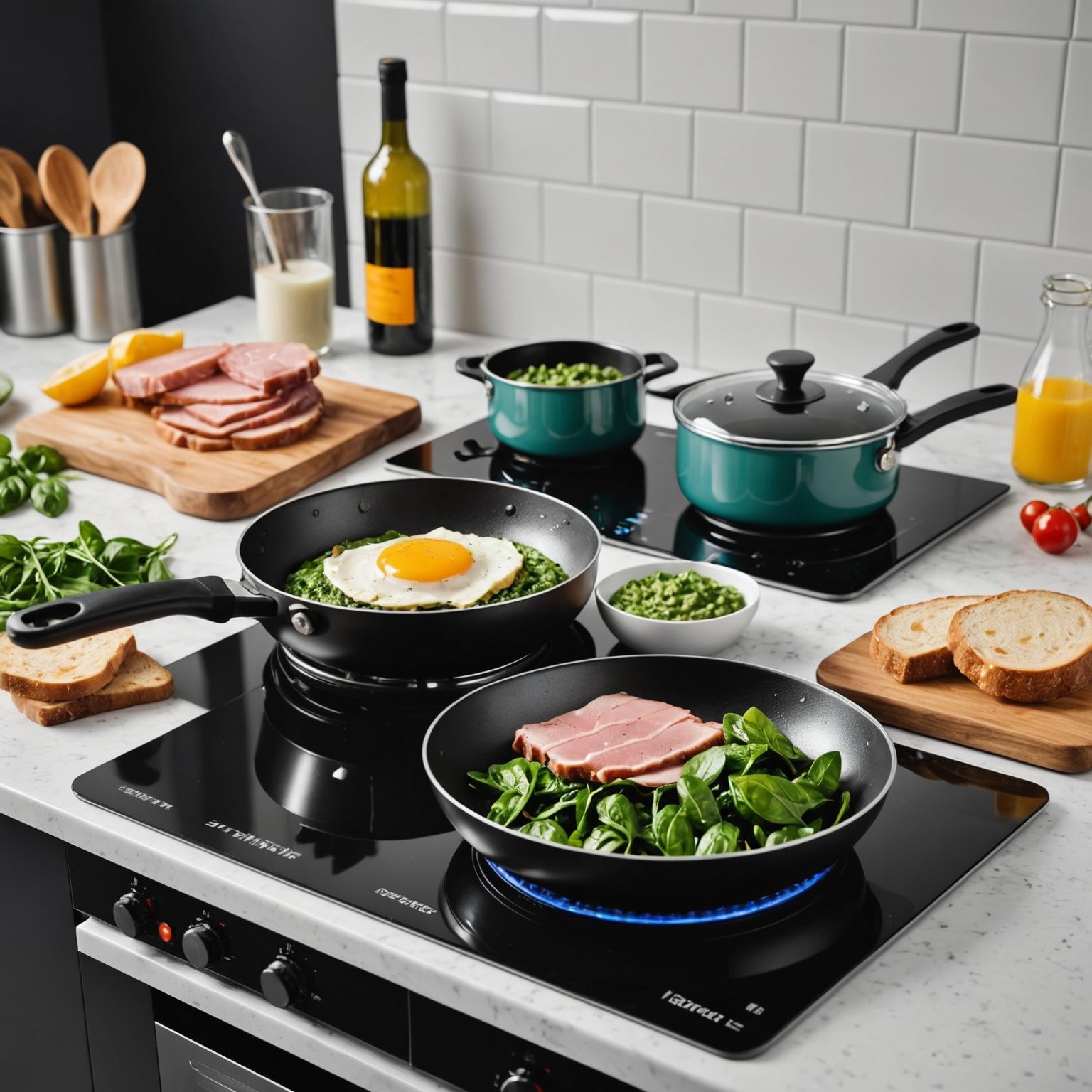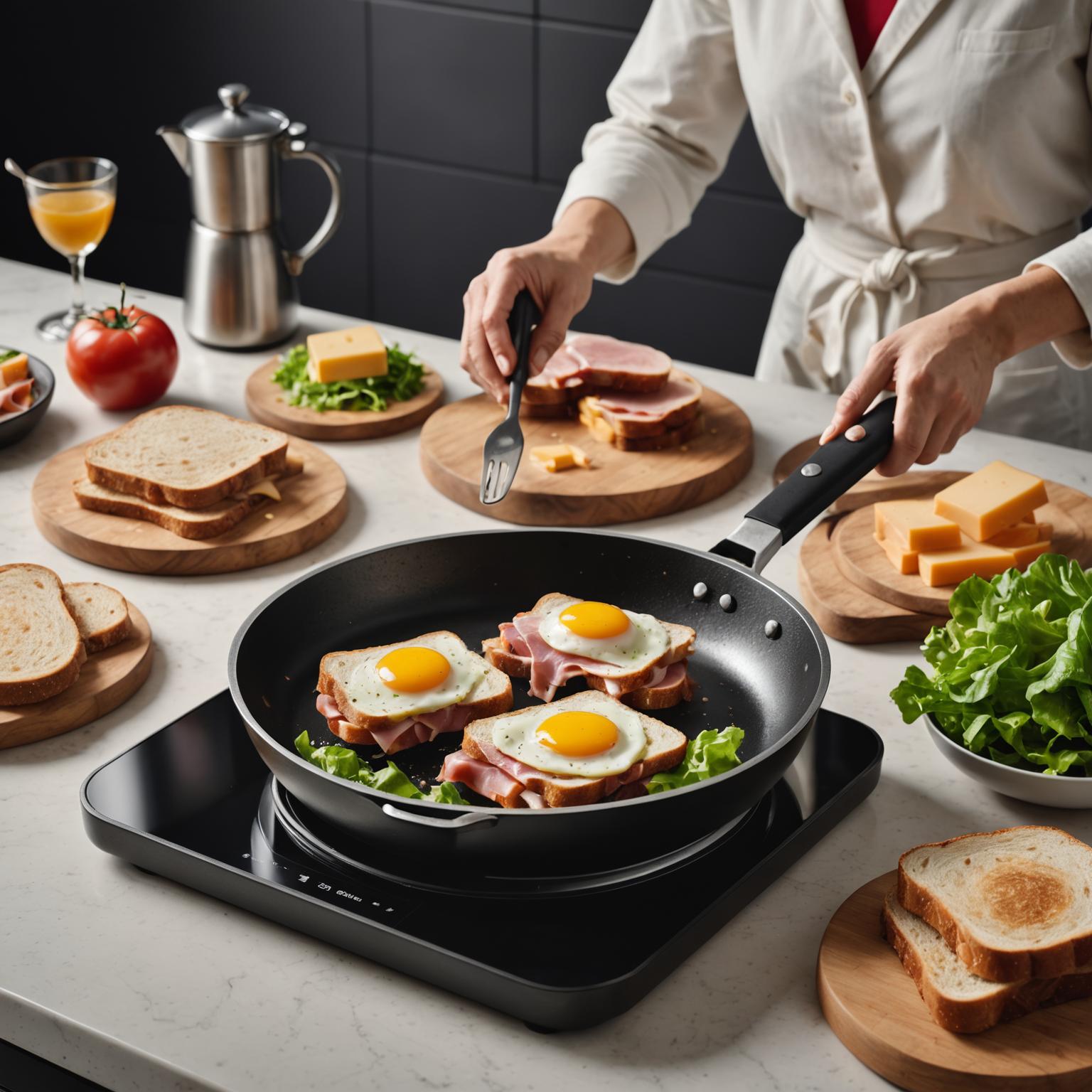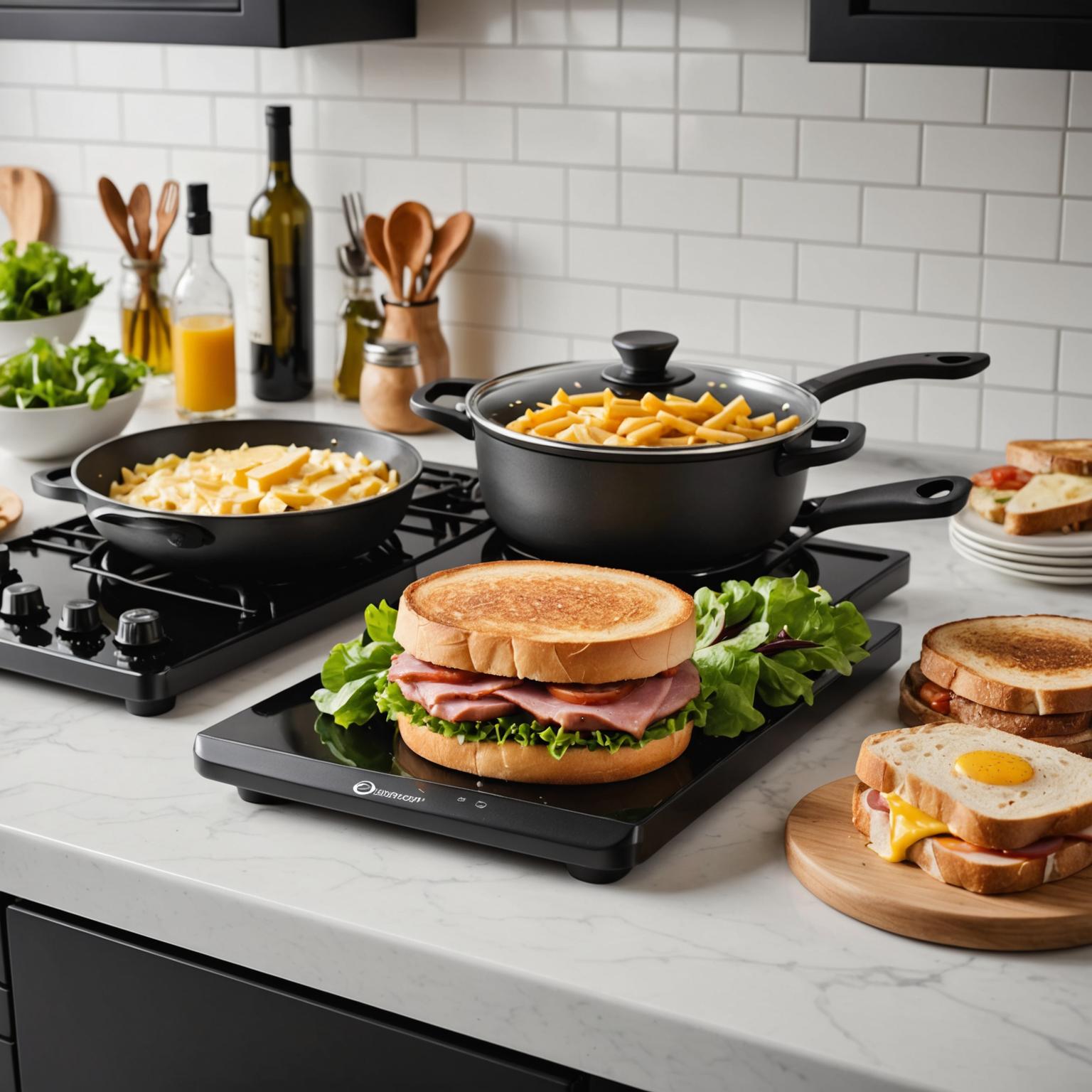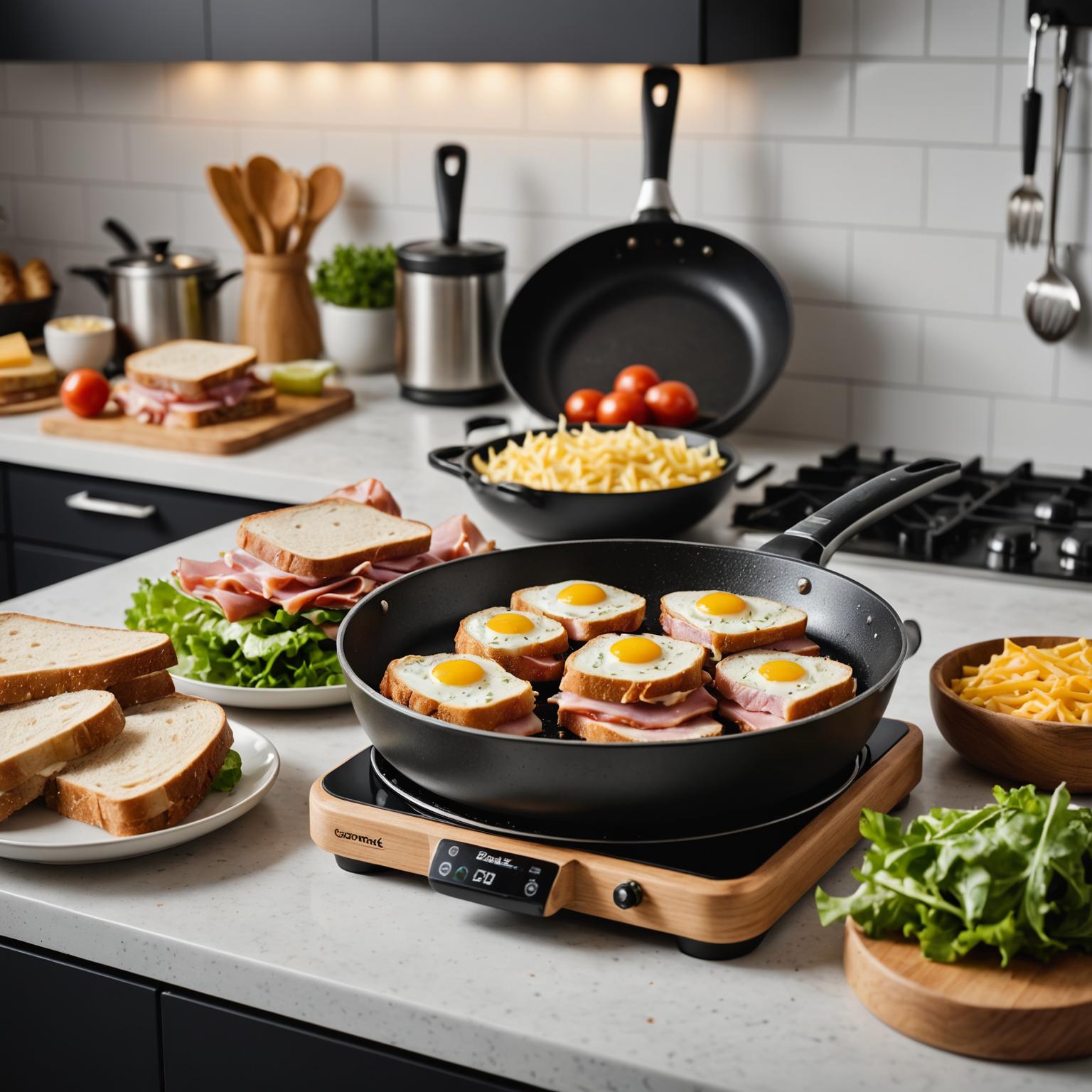Your Essential Guide to Electric Ceramic Stove Elements
Understanding the components of your kitchen appliances is key to their longevity and performance, and the Electric Ceramic Stove Element is the heart of any modern ceramic cooktop. These sleek, flat-surfaced stoves are popular for their aesthetic appeal and ease of cleaning, but it's the powerful heating element beneath the glass that does all the work. When this component functions correctly, it provides consistent, reliable heat for all your cooking needs. However, when it starts to fail, it can disrupt your entire culinary routine. This guide will walk you through everything you need to know about your stove's heating element, from different types to replacement tips.
Understanding Different Ceramic Heating Element Types
Not all heating elements are created equal. When exploring Ceramic Heating Element Types, you will typically find two main kinds in glass-ceramic cooktops: ribbon and halogen. Ribbon elements consist of a coiled metal ribbon, the Ceramic Stove Coil, which heats up when electricity passes through it, glowing red under the cooktop surface. Halogen elements use a halogen lamp as the heat source, offering near-instantaneous heat and excellent control. Each type has its benefits, with ribbon elements being highly durable and halogen elements providing rapid heating. Knowing which type your cooktop uses is the first step in diagnosing issues or finding a compatible replacement part.
The Drive Towards Energy Efficient Cooktops
In today's world, energy efficiency is more than just a buzzword; it's a crucial feature for modern appliances. A fully functional Electric Ceramic Stove Element plays a significant role in creating Energy Efficient Cooktops. When an element is damaged or degraded, it may take longer to heat up or fail to maintain a consistent temperature, forcing it to draw more power and increase your utility bills. By ensuring your heating elements are in top condition, you contribute to a more sustainable kitchen and lower energy consumption. High-quality appliances that adhere to international standards, like those certified by VDE or TUV, are designed for optimal performance and efficiency.
A Note on Ceramic Cookware Suitability
To get the most out of your cooktop, considering Ceramic Cookware Suitability is essential. The performance of your Stove Element for Ceramics is directly impacted by the pots and pans you use. For best results, always use cookware with a flat, smooth bottom that makes full contact with the glass surface. Warped, dented, or uneven pans will heat inefficiently and can even scratch the cooktop. Materials like stainless steel, cast iron, and titanium are excellent choices. Using the right cookware ensures even heat distribution, faster cooking times, and protects the longevity of your Ceramic Heating Element.
A Guide to Ceramic Cooktop Replacement
Eventually, you may face a situation that requires a Ceramic Cooktop Replacement for a faulty element. Signs of a failing element include a burner that won't heat up at all, heats unevenly, or cycles on and off erratically. While replacing the element can be a DIY project for those with experience, safety is paramount. Always disconnect the stove from its power source before beginning any work. The process typically involves lifting the cooktop, locating the faulty burner, disconnecting its wiring, and securing the new Stove Element for Ceramics in its place. For a seamless and safe repair, it is crucial to use high-quality, certified parts that match your stove's model. If you are ever in doubt, consulting a professional technician is the safest choice.





